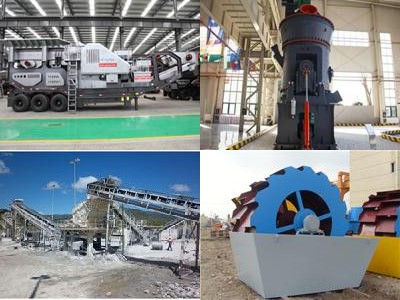Don't miss our holiday offer - 30% OFF!
What Makes A Gold Ore Crushing Plant Efficient?

Gold ore crushing plants play a pivotal role in the mining industry, serving as the initial step in the processing of raw gold ore. Efficiency in these plants is crucial for optimizing profits and ensuring sustainable operations. Understanding the characteristics of gold ore, identifying essential components of a crushing plant, implementing optimization techniques, and emphasizing the importance of maintenance are all integral to achieving efficiency in gold ore crushing operations.
Understanding Gold Ore Characteristics
Gold ore comes in various forms and compositions, each presenting unique challenges and opportunities for crushing plants. Factors such as ore hardness, particle size, and mineralogy influence the design and operation of crushing circuits. For instance, refractory gold ores containing sulfide minerals may require specialized crushing equipment to liberate gold particles for subsequent recovery processes. Understanding these characteristics enables plant operators to tailor their crushing strategies to maximize efficiency and recoveries.
Essential Components of a Crushing Plant
A gold ore crushing plant comprises several essential components, including primary crushers, secondary and tertiary crushers, conveyors, and screens. Each component plays a vital role in the overall performance of the plant. Primary crushers, such as jaw crushers or gyratory crushers, break down large rocks into smaller, more manageable pieces. Secondary and tertiary crushers further reduce the size of ore particles, facilitating efficient extraction processes. Conveyors transport ore between different stages of crushing, while screens ensure proper classification of ore particles for optimal throughput and product quality.
Optimization Techniques for Efficiency
Optimizing the efficiency of a gold ore crushing plant involves implementing various techniques and strategies. One approach is to optimize the configuration and operation of crushing equipment to achieve the desired product size distribution while minimizing energy consumption. This may involve adjusting crusher settings, such as closed-side settings and eccentric speeds, or incorporating advanced control systems to optimize performance. Additionally, regular monitoring and analysis of plant performance metrics allow operators to identify bottlenecks and areas for improvement, leading to higher throughput and lower operating costs.
Importance of Maintenance and Upkeep
Regular maintenance is essential for ensuring the long-term efficiency and reliability of a gold ore crushing plant. This includes routine inspections, lubrication, and replacement of worn components to prevent costly breakdowns and downtime. Proactive maintenance practices, such as predictive maintenance and condition monitoring, can help identify potential issues before they escalate into major problems. Investing in training programs for plant operators and maintenance staff also contributes to improved plant performance and longevity. By prioritizing maintenance and upkeep, operators can maximize the return on investment in their crushing plants and sustainably extract value from gold ore deposits.
In conclusion, efficiency in gold ore crushing plants is achieved through a combination of understanding ore characteristics, optimizing plant components and operations, and prioritizing maintenance and upkeep. At Zenith, we offer a range of high-quality crushing equipment tailored to the needs of gold ore processing operations. Our crushers, mills, and conveyors are designed for maximum efficiency, reliability, and durability, helping our customers achieve their production targets while minimizing operating costs. With our expertise and innovative solutions, we are committed to supporting the success of gold ore crushing plants around the world.